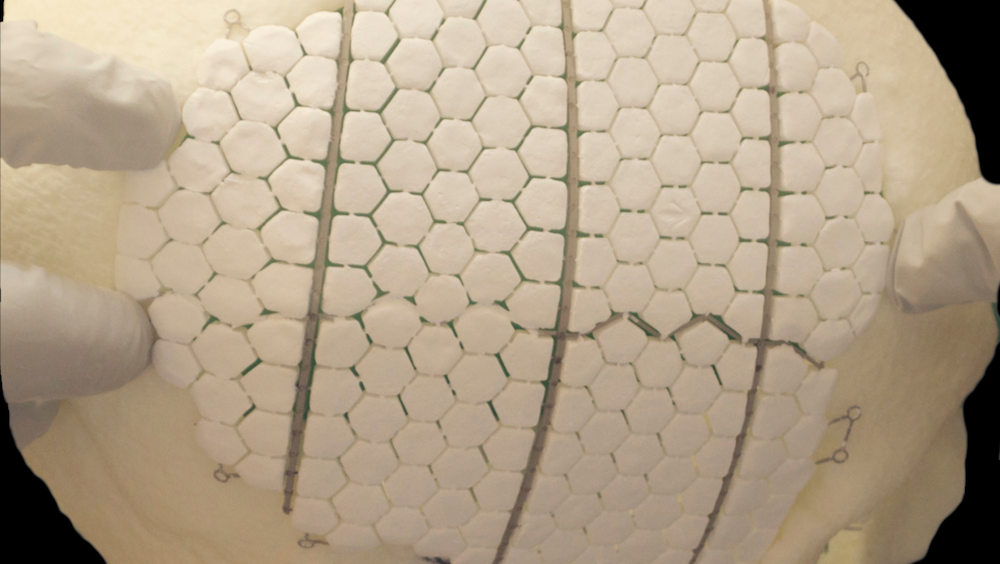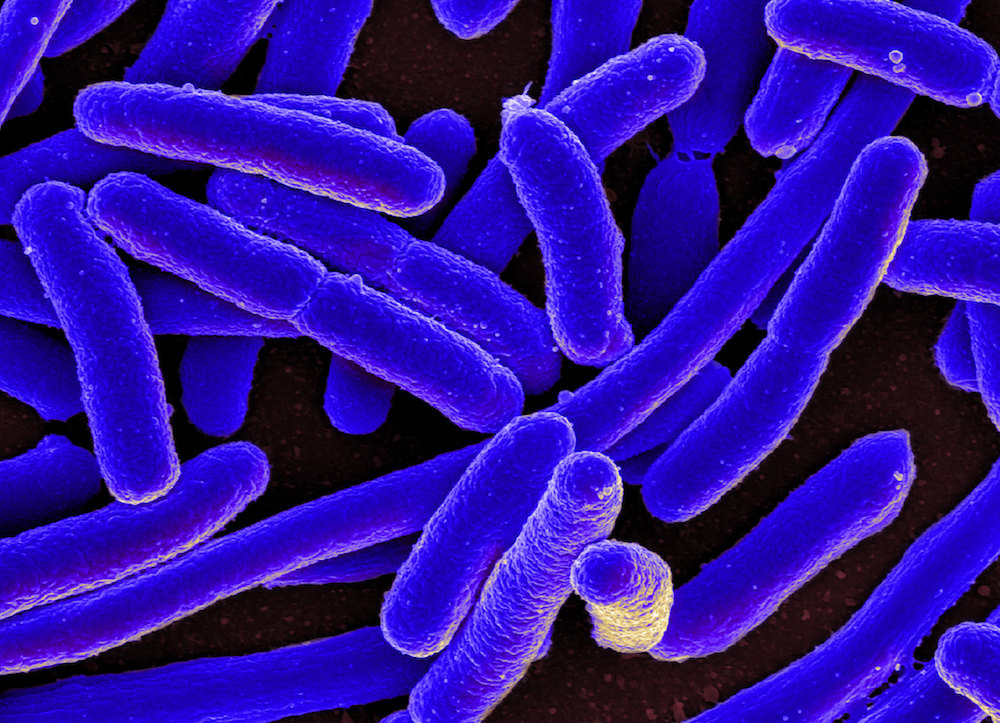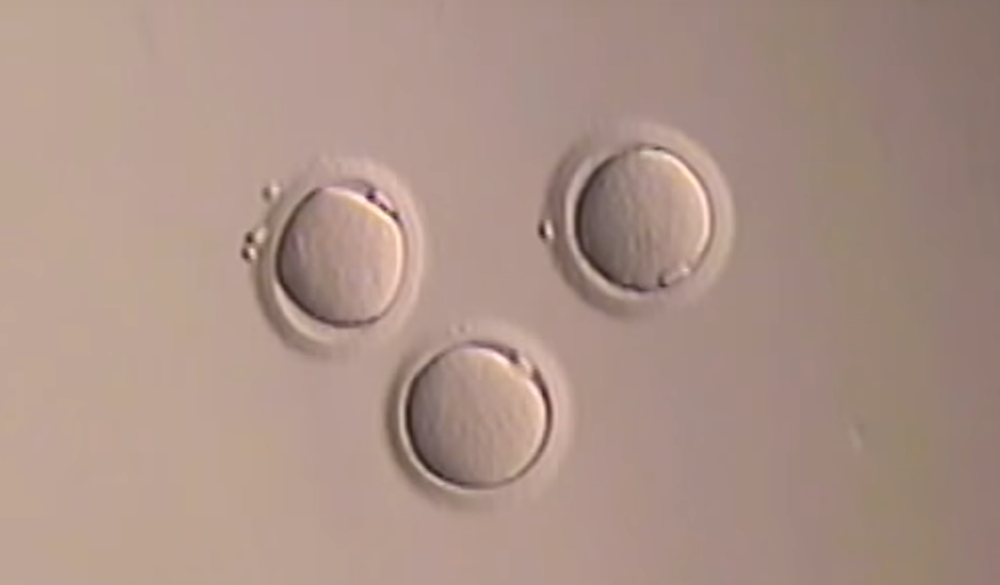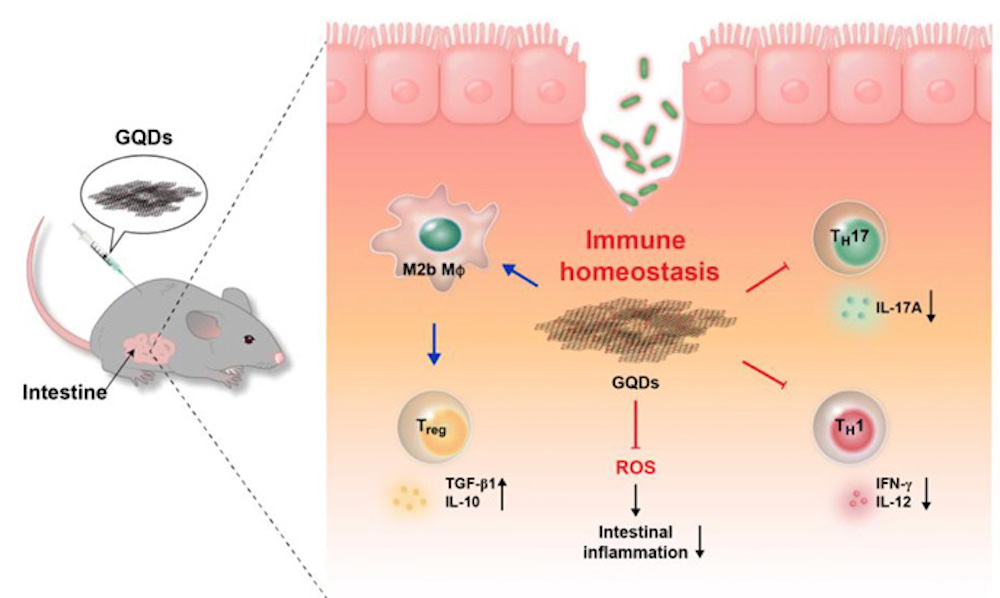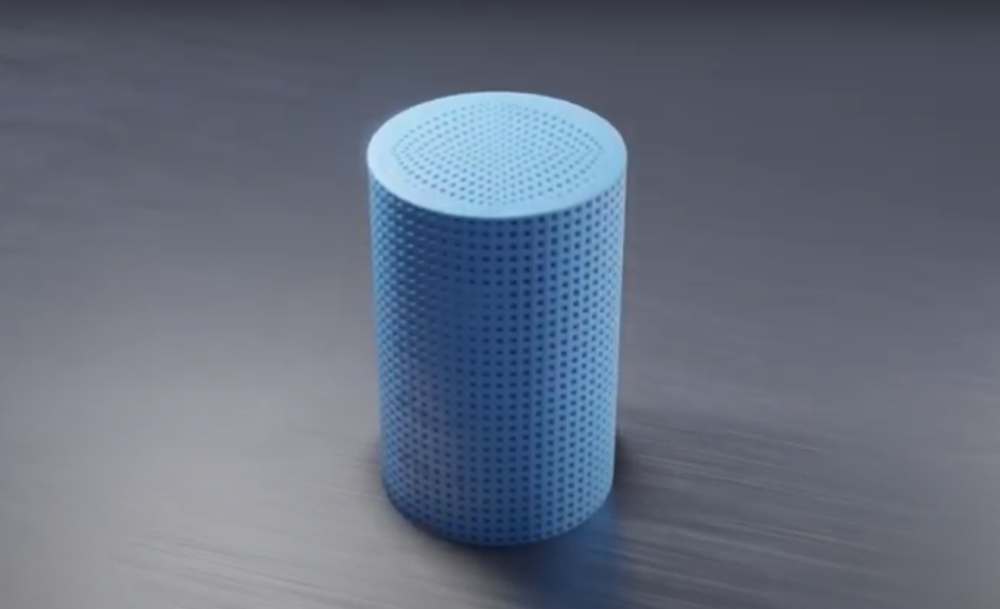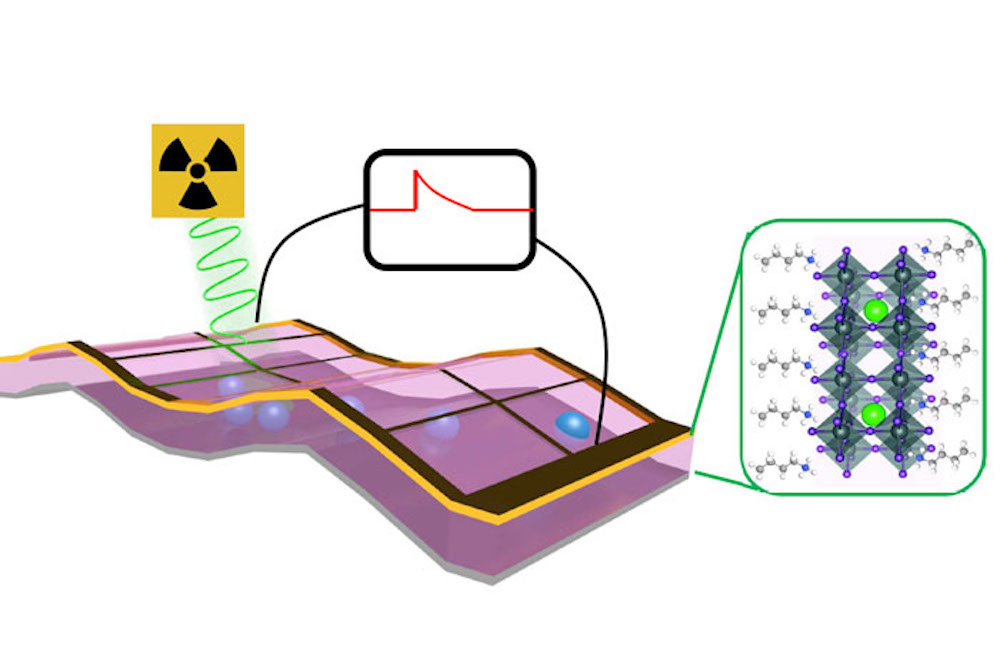Bioresorbable glass sensors may offer a safe and convenient way to monitor patients for short periods. Two recent articles in an ACerS journal explore the properties and processing of bioactive glass for this unique application.
Read MoreIn recent years, calcium phosphate ceramics are playing a bigger role in research on materials for cranioplasty grafts. Researchers from Sweden now showed the potential of a titanium-reinforced bioceramic containing several calcium phosphate phases to stimulate regeneration of bone in large cranial defects in sheep.
Read MoreAntibiotic resistant bacteria and antibiotic resistance genes are an increasing concern in water contamination. Rice University researchers are exploring photocatalysis techniques to destroy antibiotic resistance genes, and two papers published this year explore “trap-and-zap” strategies.
Read MoreVitrification is the process through which a material turns into a glass or glasslike substance by undergoing rapid cooling. Though the discovery this year that a man’s brain vitrified during the Mount Vesuvius eruption surprised some people, vitrification of human tissue is actually a well-established practice in fertility treatment.
Read MoreThere is no shortage of options available when shopping for nonmedical face masks, yet most provide little information about their filter efficiency and breathability—important considerations for a mask that is both efficient and comfortable. But a recent study offers more complete data on the performance of an array of common materials.
Read MoreDeep nasal swabs are currently the main testing method for COVID-19. Researchers at The Ohio State University are investigating using a specially designed breathalyzer instead, which has the potential to provide results faster and at less cost.
Read MoreTo treat autoimmune diseases, researchers are actively identifying and developing materials that provide control over the immune response. Researchers in Korea found graphene quantum dots may provide an effective treatment for inflammatory bowel diseases.
Read MoreBioactive glasses are considered biocompatible—but there still is much unknown about how these glasses interact with the immune system. In a recent open-access study, researchers in Germany explored how ions released during bioactive glass dissolution affect dendritic cells, a specialized immune cell that plays a crucial role in initiating primary immune responses.
Read MoreIn response to COVID-19, many companies and individual researchers are turning to additive manufacturing to quickly produce essential medical devices. An EU-funded project is using ceramic 3D printing to create devices used in vaccine purification processes.
Read MoreRapid improvement of perovskites in photovoltaic applications over the past decade has caught the attention of scientists in other fields, sparking research there as well. Now, researchers from Los Alamos and Argonne National Laboratories developed perovskite-based X-ray detectors that are a hundred times more sensitive than conventional silicon-based detectors.
Read More

